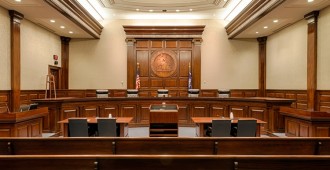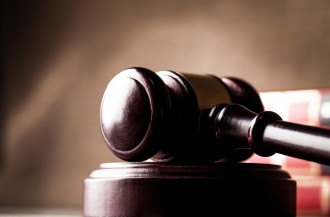October 24, 2014
Dissents and Concurrences Popping up in IPR Proceedings
The PTAB has been remarkably consistent to date in its decisions regarding the variety of issues in inter partes review practice. Issues both simple and complex have typically been resolved by one panel and future panels, deciding the same type of issue, fall in line. Of late, however, we have begun to see some divergence in views among the various panels, both in terms of one panel disagreeing with an earlier panel, and even some disagreement within a single panel. This latter situation presented itself in two recent Final Written Decisions in Vibrant Media, Incorporated v. General Electric Company, IPR2013-00172 and Smith & Nephew, Inc. v. Convatec Technologies, Inc., IPR2013-00097.
Vibrant Media involved US Pat. No. 6,092,074 and, more particularly, claims 1-12 of that patent. All three members of the PTAB panel determined that claims 1-8 and 12 were unpatentable. A disagreement between those panel members arose, however, relative to claims 9-11. Claim 9 is directed to a computer system comprising multiple steps. Claims 10 and 11 depend from Claim 9 and add further steps to the system. The three judges agreed that the claims recited both an apparatus and method steps, an improper combination pursuant to 35 USC § 112, ¶2. But, while the majority acknowledged that mixed system and method claims would not be in compliance with 35 USC § 112, ¶2 for infringement purposes, it did not believe such infirmity in the claims prevented it from reaching the patentability of those infirm claims. The alternative would have been to terminate the IPR as to those claims. Order at 9. The dissent criticized this decision, arguing that an obviousness analysis could not be performed on indefinite claims, as a comparison of the invention as a whole to the prior art would be impossible given the indefinite scope of the claims. Id. at 51-52. The dissenting judge would have terminated the proceeding relative to claims 9-11, not ruling on their patentability.
Smith & Nephew, involving US Pat. No. 6,669,981, was notable for a disagreement regarding a claim construction, resulting in a concurring opinion from one of the PTAB panel members. The ‘981 patent pertains to methods of enhancing the photostability of silver in antimicrobial materials for use in wound dressings and other medical devices. Of particular interest in the proceeding was a concurrence-in-part, which disagreed with the majority’s interpretation of the claim term “photostable”. The ‘981 specification defined the term “photostable” as a “controlled colour change to a desired color with a minimal change thereafter.” Decision at 62. At issue for in the concurrence was the definition of “desired color.”
The majority interpreted “desired color” to encompass any color which is desirable for any purpose, including aesthetic purposes. The concurrence thought this definition was too broad based on what was known in the art, and that “desired color” should reflect the technical viewpoint that color is a measure of photostability. Id. at 62. Specifically, the concurrence pointed to prior art which taught that purple was not a “desired colour” because the color purple was chemically indicative of the degradation of the antimicrobial properties of the wound dressing. Accordingly, the concurrence believed that “desired colour” should not include purple, but rather be restricted to the art-recognized color of grayish-white. Id. at 63. Further, the concurrence disagreed with the majority’s interpretation of “minimal” change (in color), believing (unlike the majority) that a change in color of the wound dressing from a desired color to and undesired color would not be a “minimal” change. Id. at 64. But, despite the disagreement in claim construction, the concurrence ultimately agreed with the outcome of the analysis the majority reached on the merits.



































